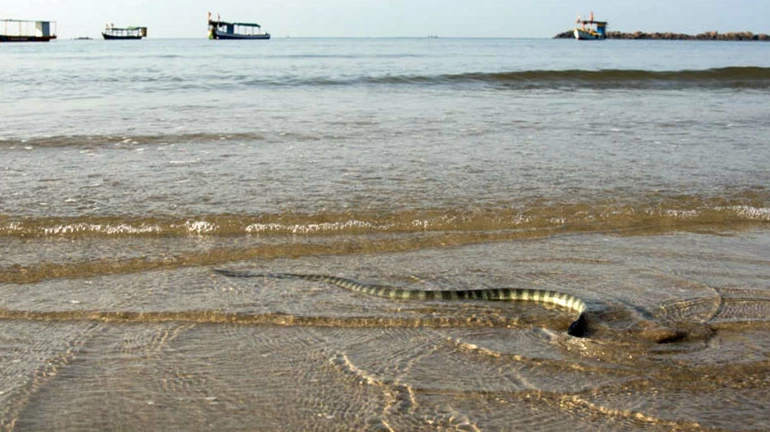
By virtue of being an island city, several people in the metropolis still engage in fishing for their livelihood. In several of the nets that fishermen use, sea snakes are often trapped as a by-catch. Having no commercial value, they are often discarded on the beach in various stages of dead, dying and alive once the catch is hauled in and segregated. Unlike other by-catch such as mantis shrimp that is converted into chicken feed, these snakes have no economic value and are often viewed as a nuisance by fishermen.
Although the sight of a snake sends shivers down the spine of many, these beautiful serpents are perfectly designed for the sea by the long process of evolution. If one takes a closer look at these individuals, one can see how well they have adapted to spend their life out at sea.
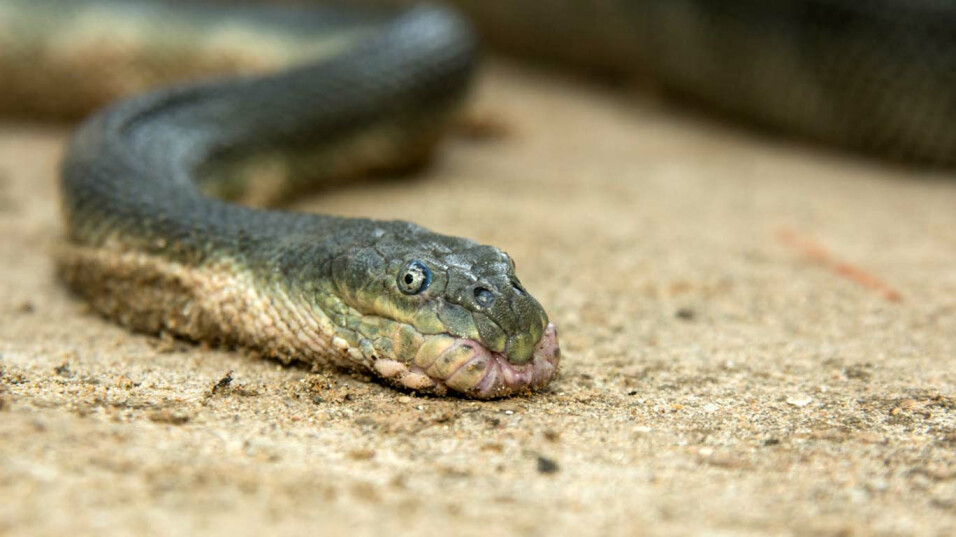
In Mumbai, one often encounters the hook-nosed sea snake (Hydrophis schistosus) washed up on the beaches especially during morning walks along the sandy stretches. This is one of the most commonly found snakes in this belt of the coastal region, identified by the black and white striped pattern and easily distinguishable curved upper lip overlapping the lower, earning its other common name, the beaked sea snake. Although these snakes possess a highly toxic venom used to overpower their prey, they are not aggressive until provoked and in fact, rather helpless on land. That being said, it is advisable not to attempt to test this out for oneself!
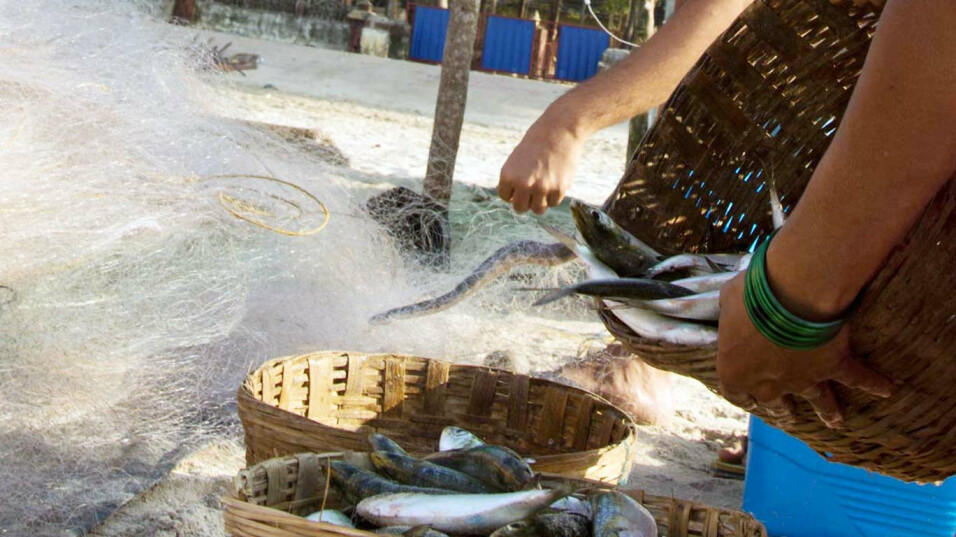
Although all snakes can swim, several species of sea snakes have evolved to spend almost all their lives at sea. For example, the tails of these snakes are flattened that serve as a paddle that propels them through the water more efficiently. Two, some of these snakes are ovoviviparous in their breeding; that means that like all reptiles their young also develop in eggs. However, unlike terrestrial snakes (and sea kraits that come onto land to lay their eggs), these sea snakes develop the eggs within the mother; with her effectively giving birth to live young in the water, saving her the trouble of going onto dry land and making herself vulnerable to predators in the process.
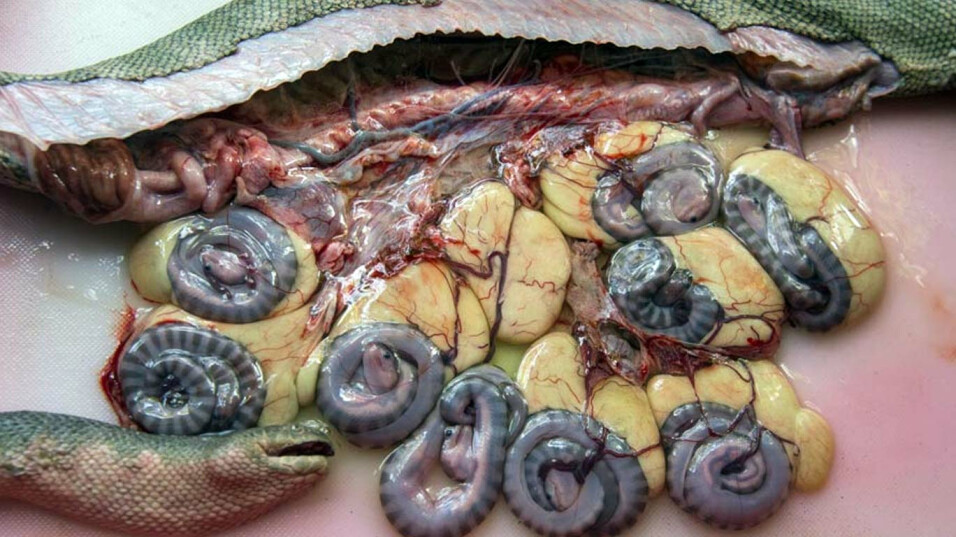
Another interesting feature that sea snakes possess is the presence of valve-like structures on the nostrils that help seal off the nostrils when the snake submerges itself, preventing seawater from entering the cavity. It is important to note that sea snakes are reptiles and even though they live in the vast oceans for their entire life cycle, they too must surface to breathe atmospheric oxygen as they do not possess gills like fish. Having said that, some species of snakes can stay underwater for as long as two hours and a few species are known to carry out cutaneous respiration where some amount of diffusion of gases between the water and the skin takes place (somewhat like amphibians)!
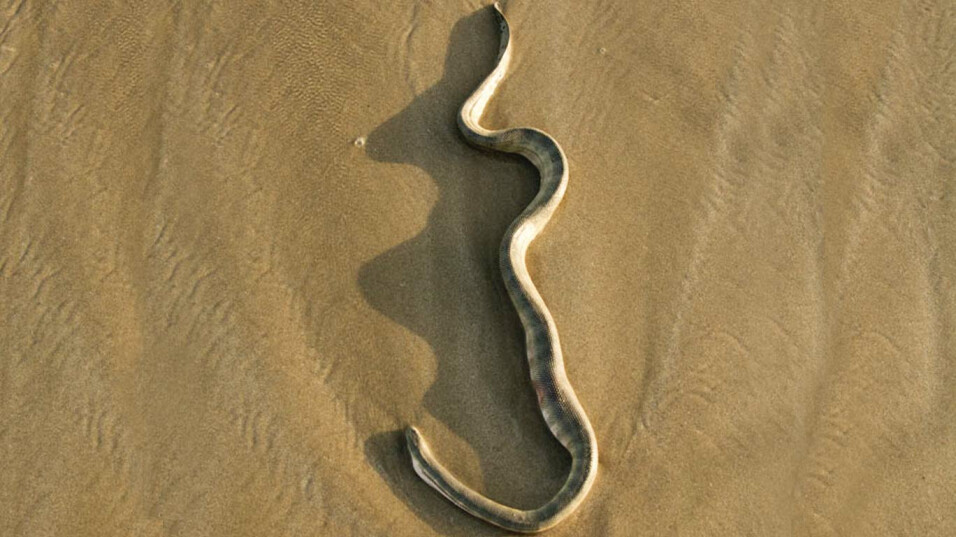
Sea snakes also possess a salt excreting gland under their tongue that helps to eliminate excess salt that accumulates from their diet and living in salty sea water. Almost all sea snakes also do not possess elongated belly scales that their terrestrial relatives have to aid locomotion on land, once again pointing at their evolution to life in water.
These snakes are under threat as they are often caught in fishing nets incidentally and when they are hauled up, especially in trawl fishing, they suffer from a phenomenon called ‘the bends’ which refers to nitrogen (N2) bubbles getting formed within the body of the serpent which leads to its death. This is caused due to the rapid change in atmospheric pressure from the depths of the ocean to the surface and onto the boat, several individuals also drown after getting entangled in the nets.
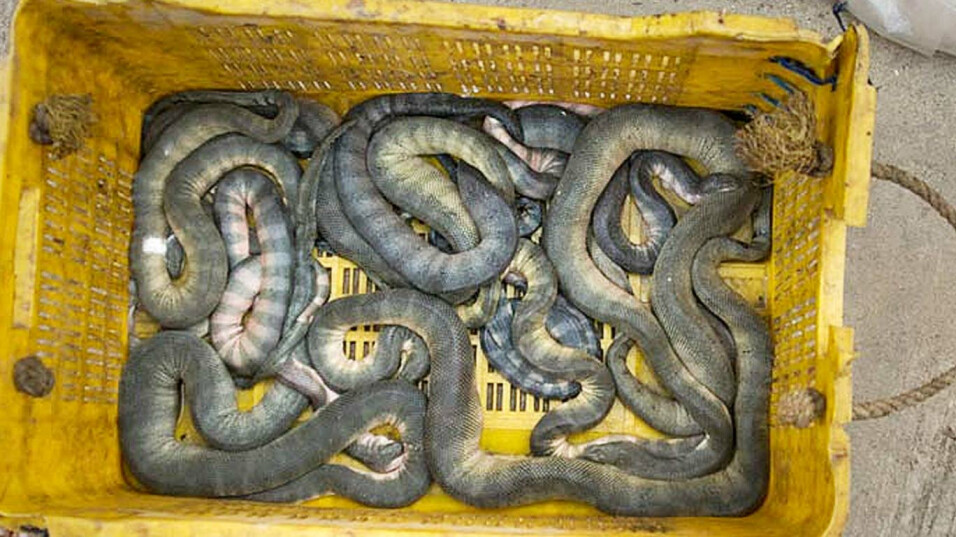
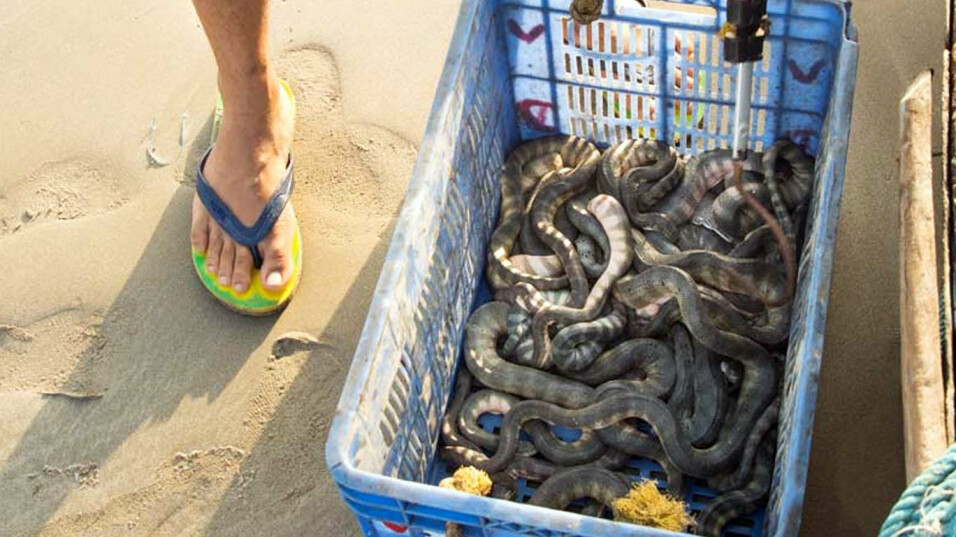
Sea snakes have not been studied well in India and presently very few research projects are focused on sea snake ecology such as this project by the Dakshin Foundation. Mr.Chetan Rao, a senior research associate illustrates their importance, “Sea snakes play a dual role in marine ecosystems; most species are specialized predators evolved to hunt a particular group of fish and they are also prey to the larger predators such as tiger sharks and white-bellied sea eagles”.
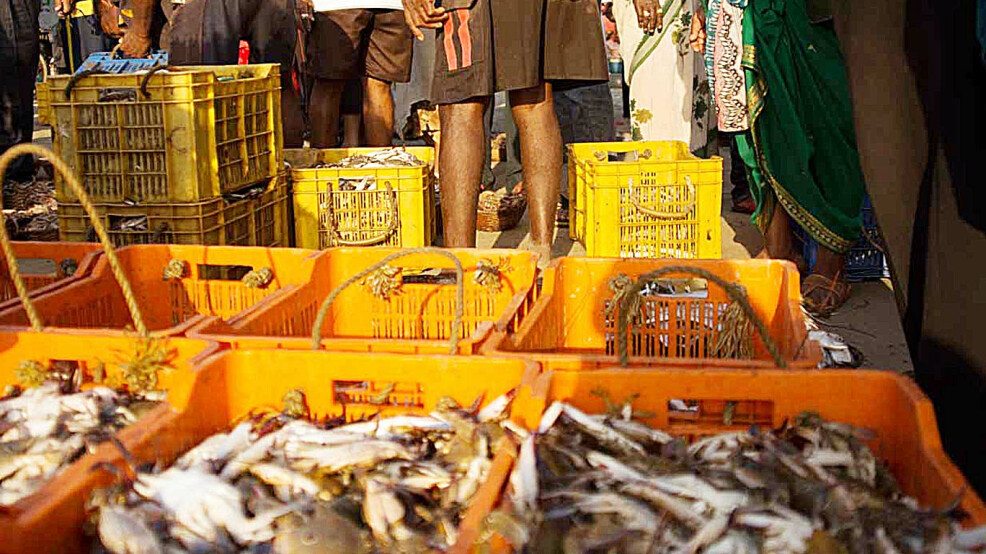
Newer forms of fishing practices have led to it becoming an unsustainable industry trying to cater to the larger demand)
Sea snakes are also instrumental in placing a check on the population of fish that they prey on, along with other marine predators such as sharks, dolphins etc. and thus are important in ecological terms, preventing the over-exploitation of resources and thus help in maintaining the balance of the ecosystem adds Mr Rao.
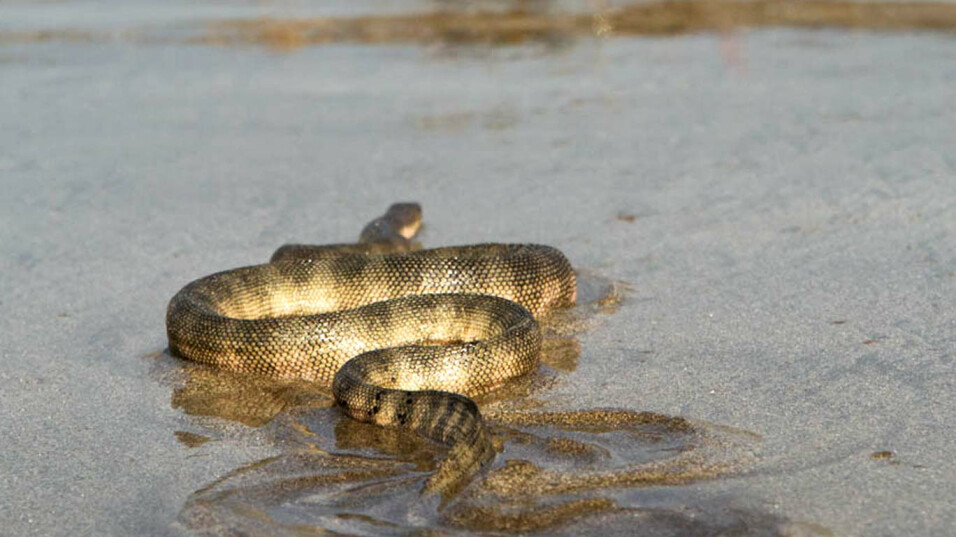
Additional links:
An e-guide to the sea snakes of Maharashtra https://www.dakshin.org/wp-content/uploads/2017/08/Sea-snakes-of-Sindhudurg.pdf
A study on sea snakes in Malvan, Maharashtra https://www.dakshin.org/wp-content/uploads/2017/10/Effect-of-fishing-practices-on-species-assemblages-of-sea-snakes-off-the-Sindhudurg-coast-of-Maharashtra-India-Fianl-Report.pdf
An insight into the study of sea snakes https://www.dakshin.org/sea-snakes-maharashtra/





